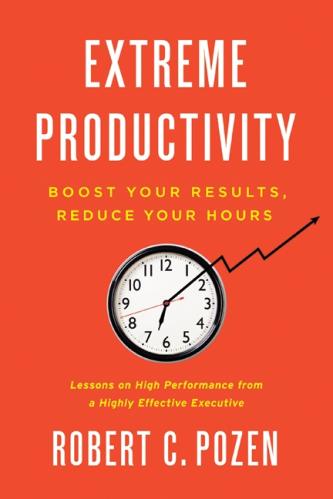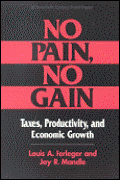Studies in this week’s Hutchins Roundup find economists at central banks report bigger and more statistically significant effects of quantitative easing than independent academics, healthcare productivity grew about 9% between 1999 and 2012, and more.
Want to receive the Hutchins Roundup as an email? Sign up here to get it in your inbox every Thursday.
Central bank economists see bigger effects from QE than independent academics
Can central banks evaluate their own policies without bias? Brian Fabo of the National Bank of Slovakia, Martina Jančoková of the European Central Bank, and Elisabeth Kempf and Ľuboš Pástor of UChicago’s Booth School of Business analyze 54 studies on the effects of quantitative easing (QE). They find studies by economists at central banks report higher and more statistically significant impacts of QE on output and inflation than those conducted by independent academics. Central bank studies also contain more positive language about QE than the academics’. Furthermore, central bank economists who report larger effects see greater upward mobility in their careers at the central banks, a relationship that increases for senior economists, which, the authors say, suggests that career concerns influence the findings of the central bank studies. These conflicts of interest may be exacerbated by the involvement of central bank management in topic choice, reviewal processes and approval for public distribution.
Productivity of healthcare has grown, though not uniformly across medical conditions
Productivity growth in health care is hard to measure because assessing improvements in health is challenging. Using Medicare data on the elderly population, David Cutler of Harvard University and co-authors construct a new account of spending and health outcomes from 1999 to 2012 by medical condition, allowing them to trace improvements in conditions to the spending on treatment for that diagnosis. On net, they find that the value of care for the average condition has grown by $113,000 per elderly person, an aggregate productivity growth of about 9% over the period, or about 0.7% annually. In contrast, official measures indicate a productivity change of 0.1% annually over the period. The authors note significant variation in productivity growth by health condition, however, suggesting that spending by the medical system across conditions has not always been optimized: care for cardiovascular disease has been very productive, for example, while care for mental illness has had low productivity growth despite large increases in spending.
Housing prices are accelerating faster than before the Great Recession
Due to reluctance to sell amid a pandemic (thereby decreasing housing supply) and rock-bottom interest rates, housing prices have risen in the U.S. despite the recession. Combining zip-code level data from realtor.com with income and mortgage-rate data, Yunhui Zhao of the International Monetary Fund finds that the year-over-year growth rate of the median house price was 6.6% in August 2020, higher than the pre-pandemic growth rate of 4.8% in February 2020. In addition, the change in the growth rate was 2.6 percentage points between April and August of 2020, 0.8 percentage points larger than the peak change in any four-month period leading up to the Great Recession. Moreover, housing price growth is accelerating across metropolitan, micropolitan, small-town, and rural areas, and across house sizes and types. However, the increase in demand, measured by online listing views, is larger for low- and high-income zip codes, suggesting that low-income households are taking advantage of the low interest rates while higher-income households are speculatively buying. According to the author, these results may be driven by “fear of missing out” on low interest rates or increasing household desires to own homes or own bigger homes due to stay at home orders and expectation of work-from-home arrangements.
Chart of the week: Median family wealth is rising for the top 10%
Chart source: The New York Times
Quote of the week:
“A…thing we need to watch is a corporate leverage, which has gotten very high in the United States. You’re seeing a lot of retailers fail right now. One of the reasons they’re failing is they took on a lot of debt. We don’t have anybody that has authority like the Bank of England to think about: Is the household sector or the corporate sector unduly leveraged?….[T]he macroprudential tools that we do have—the countercyclical capital buffer, possibly stopping things like dividends early—are tools that we’ve chosen not to use,” says Eric S. Rosengren, President of the Federal Reserve Bank of Boston.
“We need to think about what a more muscular financial stability response will be. Should some of these concerns arise again and that’s not for this year or next year, but further down in the recovery… think about the link between interest rates and asset prices. Most formulas do a present discounted value of future earnings. The interest rate that you discount by is incredibly important. And so if you artificially keep interest rates low, you’re artificially keeping asset prices high, and that’s particularly true for risky assets. The challenge is going to be making good on thinking about what the [financial stability] caveat is to…forward guidance.”












Commentary
Hutchins Roundup: Central bank objectivity, healthcare, and more
October 1, 2020